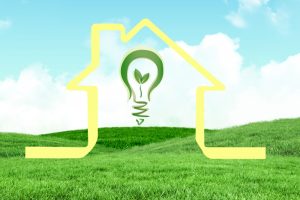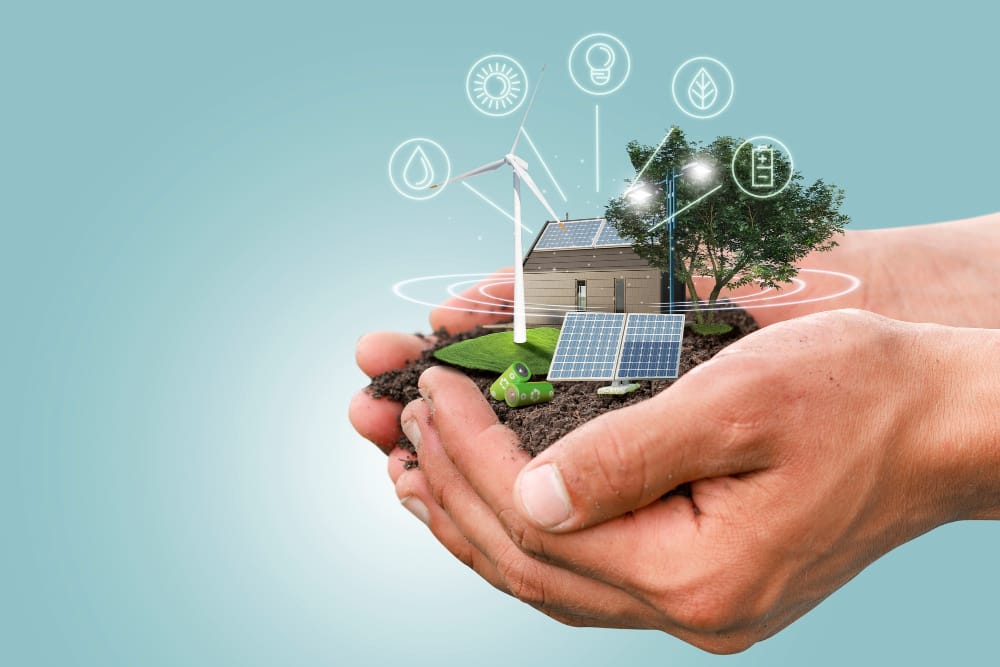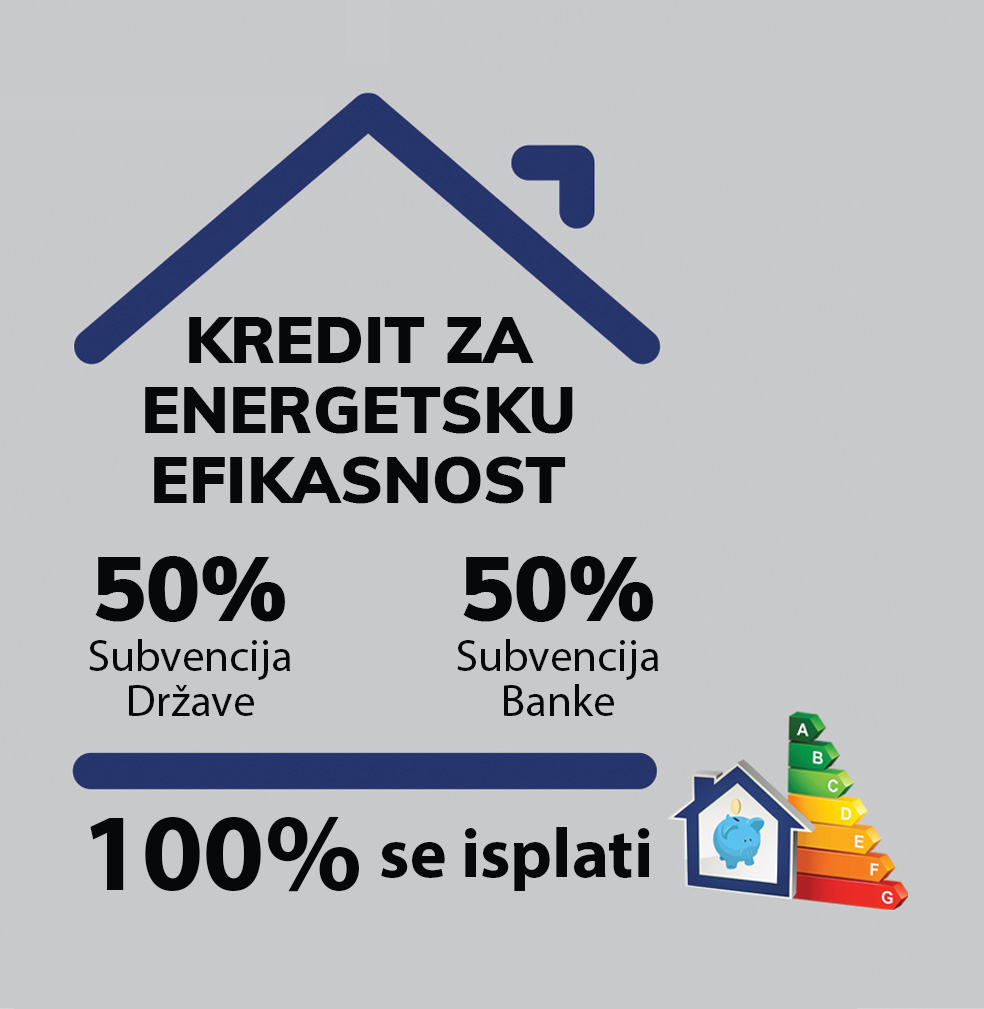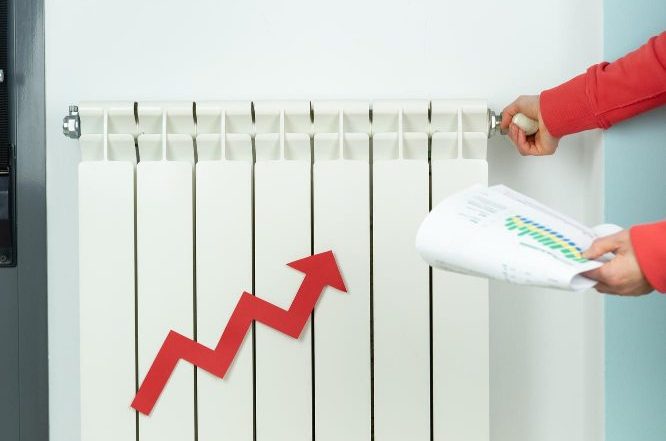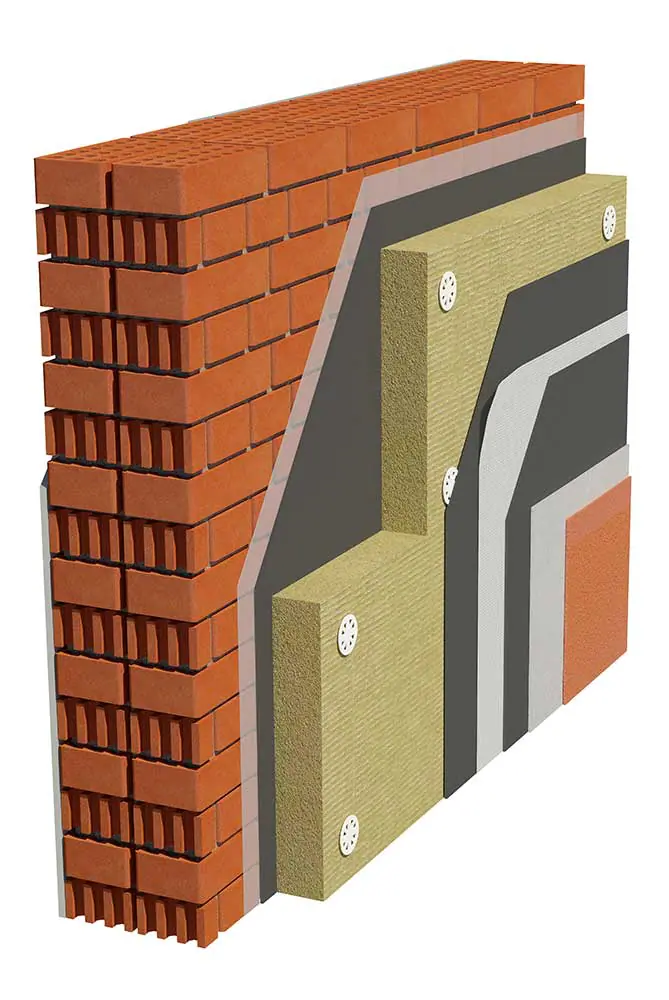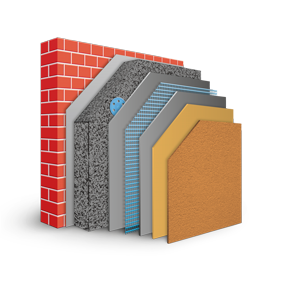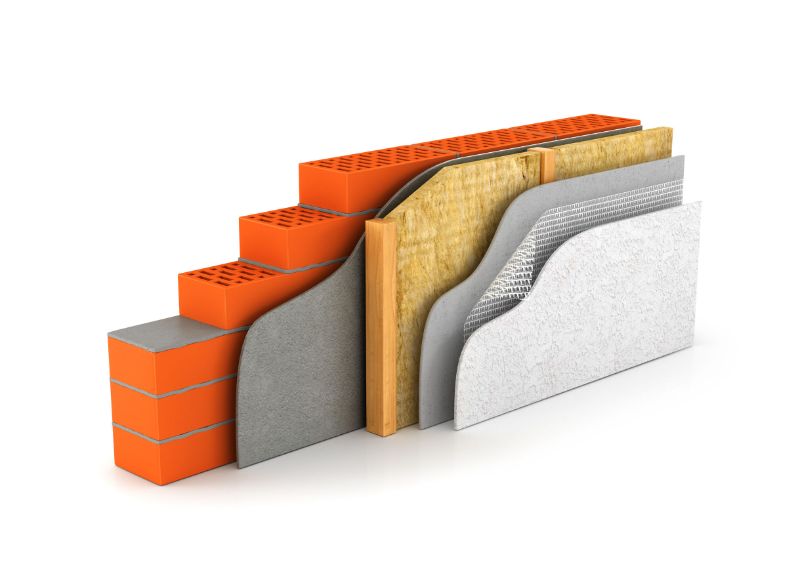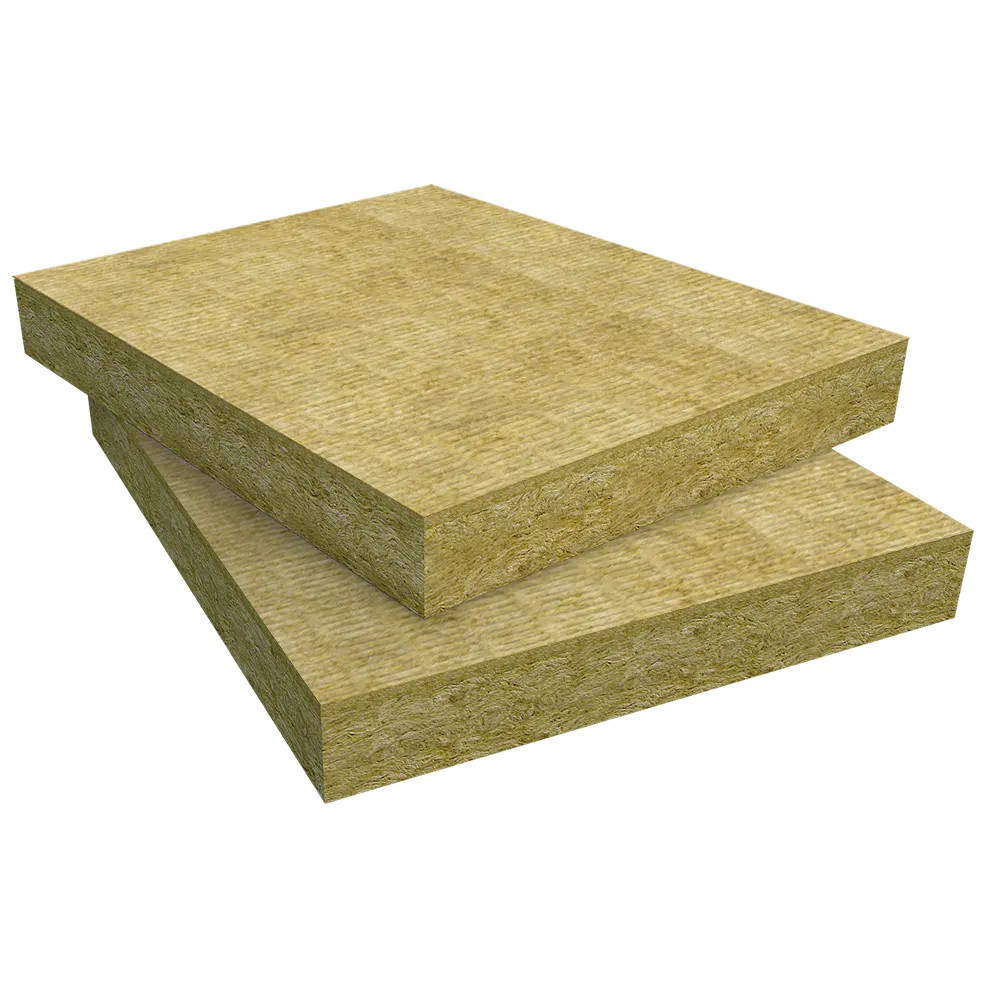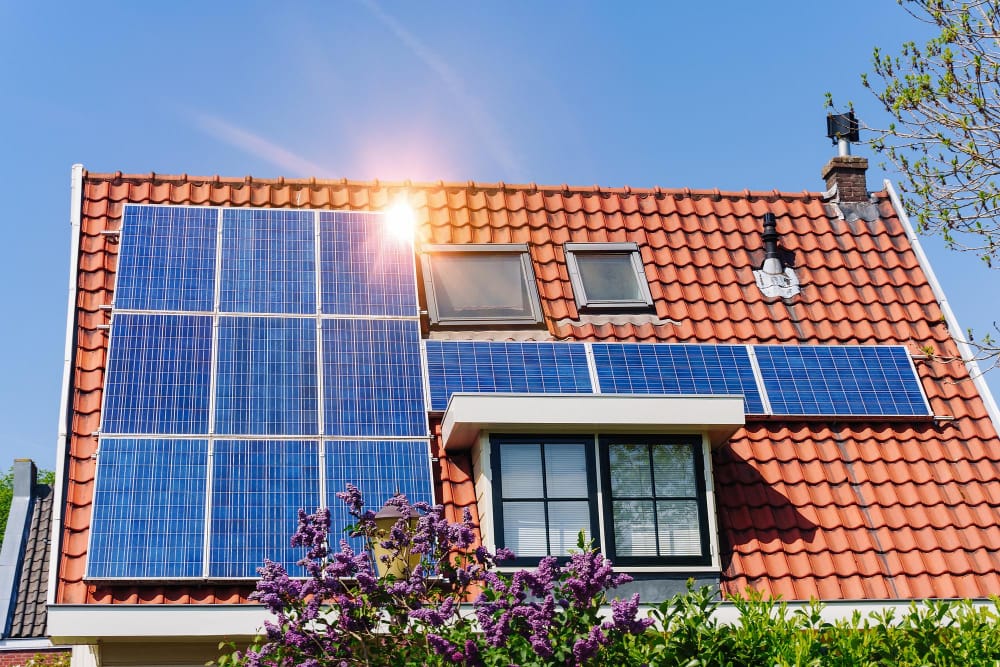In order to determine in which situation Styrofoam is better for insulation and in which stone wool, let's start from the nature of the materials themselves. Namely, styrofoam or expanded polystyrene is an artificial material that is a petroleum derivative. Although the composition of Styrofoam for insulation is only 2% oil and 98% air, it is classified as a combustible material. According to the ETICS system, systems with styrofoam are therefore classified in the E class of combustible (self-extinguishing) materials. On the other hand, stone wool is a natural material that is classified as a non-combustible material according to the ETICS system, which starts to melt only at temperatures over 1000 degrees Celsius. By comparison, Styrofoam retains its positive characteristics "only" up to a temperature of 80 degrees.
Styrofoam and stone wool have similar thermal insulation characteristics, i.e. thermal conductivity coefficient for plates of the same thickness. However, wool has such a structure that it absorbs sound, so stone wool insulates the object from external noise much better.
In addition, wool has incomparably better vapor permeability, so there is inevitably less moisture in the home.
When it comes to installation, Styrofoam and stone wool systems are equally easy to install. However, Styrofoam is significantly lighter, which makes it easier to transport and manipulate the plates. Stone wool slabs are heavier, so they must be doweled to the base during installation.
However, stone wool is stronger and more elastic, and thus significantly more resistant to external temperature changes, microorganisms, pests, impacts and chemicals, which is why it is considered more durable.
Finally, for domestic customers, one of the most important factors when choosing is the price. When all materials are taken into account, thermal insulation systems with stone wool can be 40% more expensive than contact facade with Styrofoam.
In short, both solutions are good and both provide good thermal insulation, but stone wool has some bonus qualities, which makes it more expensive.



